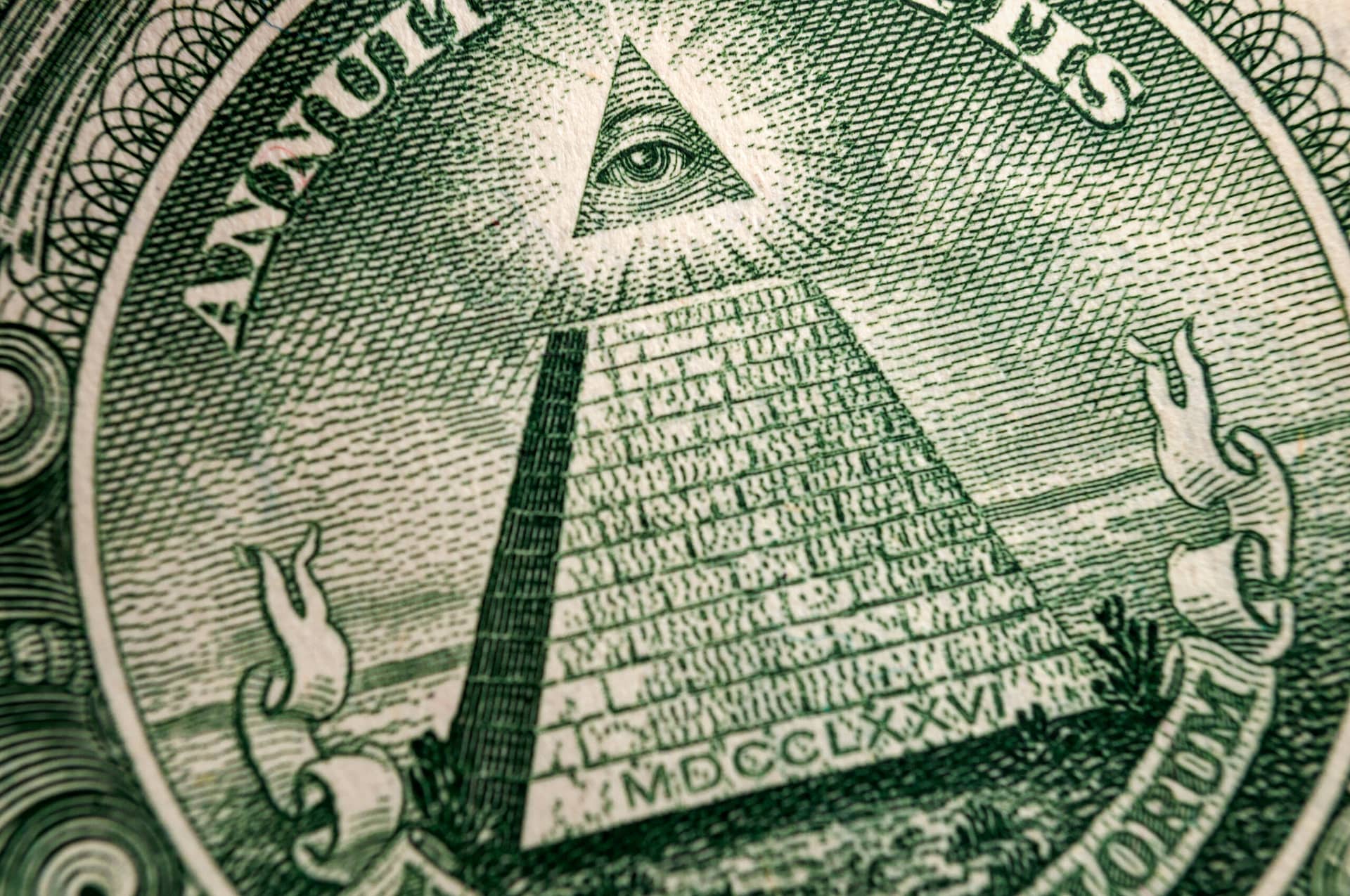Understand How to Join Freemason and Access Lifelong Connections
Understand How to Join Freemason and Access Lifelong Connections
Blog Article
Discover the Tricks Behind the copyright and Their Impact on Culture
The copyright, often shrouded in myth and supposition, offers a remarkable instance research study of exactly how historic ideals can morph right into modern conspiracy concepts. As we discover its beginnings, impact on revolutionary thought, and portrayal in modern society, we start to discover the layers of intrigue that continue to astound culture.
Beginnings of the copyright
The copyright, frequently shrouded in mystery and speculation, traces its beginnings back to the late 18th century. Developed in 1776 in Ingolstadt, Bavaria, the group was started by Adam Weishaupt, a professor of canon legislation. Weishaupt intended to promote Knowledge worths, consisting of factor, secularism, and the splitting up of church and state. Initially called the Bavarian copyright, the organization's main purpose was to counter the fundamental impact of religious dogma and promote intellectual discussion among its members.
The copyright embraced a hierarchical structure, attracting ideas from Freemasonry, which enabled deceptive conferences and routines - how to become a freemason. Subscription was selective, encompassing prominent figures from numerous fields, consisting of national politics, approach, and science. This elite network sought to effect social and political change via private ways, advocating for the legal rights of individuals and the betterment of society
Despite its relatively short presence, the Bavarian copyright was formally dissolved in 1785 because of government reductions. Nevertheless, its heritage sustained, giving surge to many conspiracy concepts and prominent culture referrals that proceed to prompt intrigue and discussion concerning its impact on modern society.
Trick Myths and Misunderstandings
Amidst the appeal of privacy surrounding the copyright, numerous myths and mistaken beliefs have emerged, usually misshaping the group's true nature and purposes. One prevalent myth recommends that the copyright regulates the globe's federal governments and economic situations. While it is real that the team aimed to influence social structures, the concept that it runs as a cohesive international creature master is largely overstated.
One more typical misconception is that all participants of the copyright possess large wealth and power. In truth, the original copyright consisted of pundits and Knowledge thinkers, a lot of whom looked for reform rather than prominence. In addition, the concept that the copyright solely hires stars and political numbers is deceiving; subscription has actually traditionally consisted of a varied range of people.
Additionally, conspiracy concepts commonly paint the copyright as an evil-minded company intent on international supremacy with rotten methods. This portrayal neglects the group's original goals, which focused on promoting rational thought and combating spiritual injustice. The conflation of the copyright with contemporary conspiracies perpetuates misconception, obscuring the historical context and advancement of the team's ideals. Thus, separating fact from fiction is necessary for a clearer understanding of the copyright's function in society.
Historical Impact on Culture
Throughout background, various intellectual movements have actually profoundly influenced societal frameworks, and the copyright played a considerable duty throughout the Knowledge. Established in 1776 in Bavaria, the copyright intended to promote reason, secularism, and the wondering about of established authority, countering the prominence of religious conviction. This organization drew in influential thinkers and supporters of liberty, cultivating a setting favorable to the dissemination of Enlightenment suitables.
The copyright's values championed sensible idea and empirical proof, which added to the wider intellectual landscape that motivated social reform and political adjustment. Participants sought to improve society by supporting for education, civil liberty, and the splitting up of church and state. Their clandestine nature and enthusiastic agenda stimulated both intrigue and suspicion, resulting in their eventual reductions by the Bavarian federal government in 1785.
In spite of their dissolution, the tradition of the copyright lingered, influencing innovative motions across Europe and the Americas. Their commitment to knowledge principles assisted lay the foundation for modern-day democratic suitables and civils rights, leaving a long-term imprint on the structures of contemporary culture. how to become a freemason. The appeal of their secretive events and philosophical searches continues to captivate the creative imagination, underscoring their historical relevance
Modern Interpretations and Beliefs
Contemporary analyses of the copyright commonly mix historical reality with conspiracy theories, producing a complex tapestry of beliefs that catch popular creativity. While the initial copyright was a Bavarian secret culture established in 1776 with Enlightenment perfects, contemporary ideas have developed to include a large selection of interpretations, commonly concentrating on themes of control and privacy.

Additionally, some modern interpretations assume that the copyright functions as a metaphor for the battle between knowledge and lack of knowledge, with supporters promoting awareness and important thinking as a method to neutralize perceived fascism. This duality-- watching the copyright as both a literal and symbolic entity-- illustrates the recurring read the article attraction with the principle, showing much deeper social stress and anxieties concerning power, transparency, and individual autonomy in the modern globe.
The copyright in Popular Society
The copyright has infiltrated various facets this post of pop culture, showing up in literature, film, music, and art as an icon of intrigue and enigma. This secret society, usually depicted as a shadowy pressure manipulating worldwide events, has actually inspired many narratives that discover themes of power, conspiracy, and concealed understanding.

Music, also, has actually been affected by the idea of the copyright. Artists like Jay-Z and Beyoncé have encountered speculation concerning their affiliations with the society, motivating discussions concerning significance in their work and the nature of fame.
Aesthetic art often incorporates copyright themes, with artists making use of signs like the Eye of Providence and the pyramid to evoke a feeling of mystery. Via these different mediums, the copyright serves not just as a subject of speculation but also as a lens where society examines its own intricacies and worries.
Conclusion

Report this page